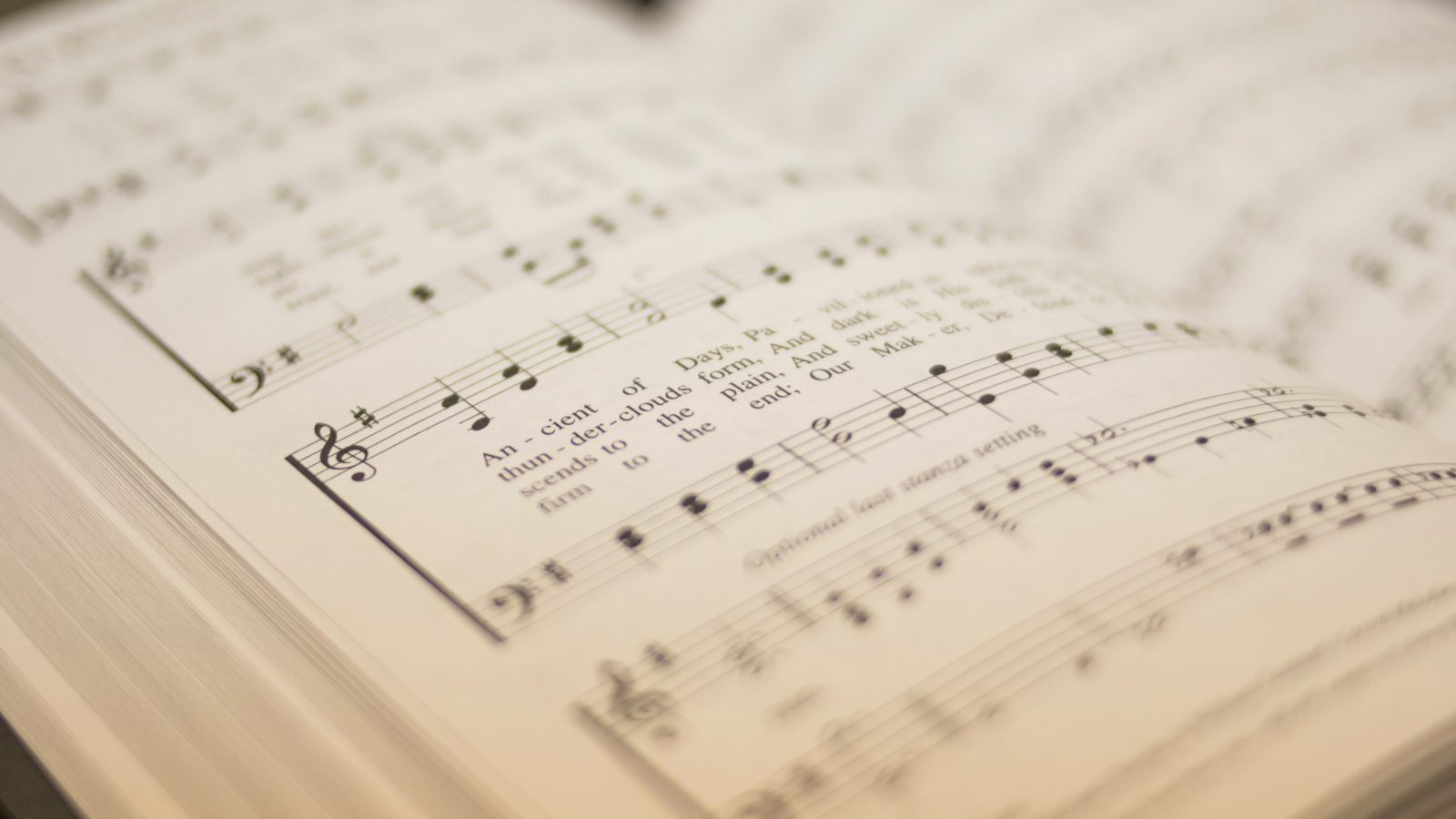Most capable singers who are at least familiar with harmony are quite capable of finding the 3rd (Major third off the melody line). The problem, however, arises when they stick TOO closely to the 3rd – or what’s called a “parallel (3rd) harmony”. Parallel harmonies (3rd’s) that never stray from the 3rd can REALLY mess …
Confident Musicianship
Do you remember the first time you heard a song and realized that it was more than a song to you? Something hidden in the music had suddenly become so obvious to you. You discovered that music, real music, isn’t always about the skill level of the musicians, but the execution of the message behind …
Personal Mixing // Part Two: Panning
Andy takes us through another personal mixing tutorial.
Operating In Harmony
Have you ever arrived at practice with singers that are very capable at improvisational harmonies, but end up criss-crossing, doubling, leaving open 5ths, or inadvertently dropping into melody? There is a tendency to assume that just because you “can” harmonize on-the-fly, that there need be no preparation for the vocalists before practice. However, preparing multiple …
The Role of the Musical Director
A Musical Director is a voice of leadership on the platform that helps to run the rehearsals, navigates the band through musical transitions, and fuels the worship leader with clear ideas that can create a moment where people can interact freely with God. A Musical Director adds unity and strength to the team on platform, …
Six String Theory // The Capo
Editor’s Note: This tutorial assumes that the reader has at least a general understanding of a guitar and basic fretboard theory, including key signatures, note names and guitar-centered terminology. If you are unfamiliar with these concepts, please refer to this post for a great introductory lesson about basic fretboard theory. A capo (short for the …
Guitar Theory 101 // Lesson 5 // Chord Construction: Major and Minor Triads
Be sure to check out the rest of the guitar theory series here. An understanding of chord construction is important since it allows you to create musically correct chords in “non-standard” ways, expanding your tonal possibilities. Plus, this knowledge lets you create chords on the spot: you may have never memorized the fingering for an …
Guitar Theory 101 // Lesson 5 // Chord Construction: Major and Minor TriadsRead More
Guitar Theory 101 // Lesson 2 // Whole Steps and Half Steps
You’ll often hear musicians speak about “whole steps” or “half steps.” You may even hear them speak about “going up two steps” or “moving it down a step and a half.” What are they talking about? If you play your A string on the 3rd fret, then move up and play it on the 4th …
Guitar Theory 101 // Lesson 2 // Whole Steps and Half StepsRead More
Guitar Theory 101 // Lesson 1 // Notes of Western Music
While music may seem like a very complex thing, it is derived from only 12 musical notes. If you want to play music, you must understand how these notes work, since notes are the ‘building blocks” of music. This lesson will give you a basic understanding of the 12 notes used in western music. These …
Guitar Theory 101 // Lesson 1 // Notes of Western MusicRead More
Slash Chords and the Nashville Number System
In this video, Dustin explains how to interpret slash chords you will find on your chord charts, and how to assign them a number in the Nashville Number System based on how they are used in a song. Download the chart for Hillsong’s “Forever Reign” in C here to follow along. Forever Reign-C (Rhythm Chart)
Music Theory // Intro to Nashville Number System
Dustin discusses octaves, scale degrees, and practical applications for the Nashville Number system. Download Charts mentioned in this lesson: Our God Charts Head here for part 2 of the lesson series!












